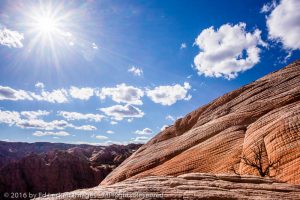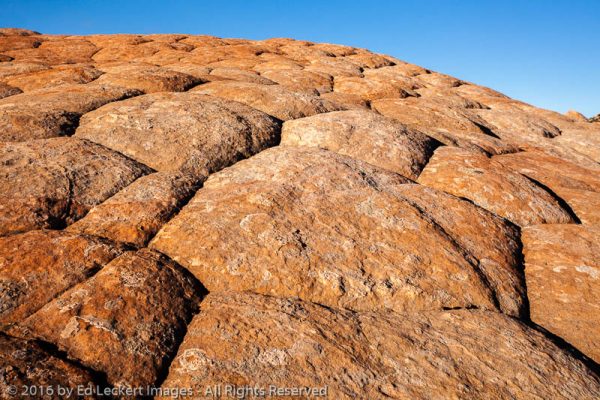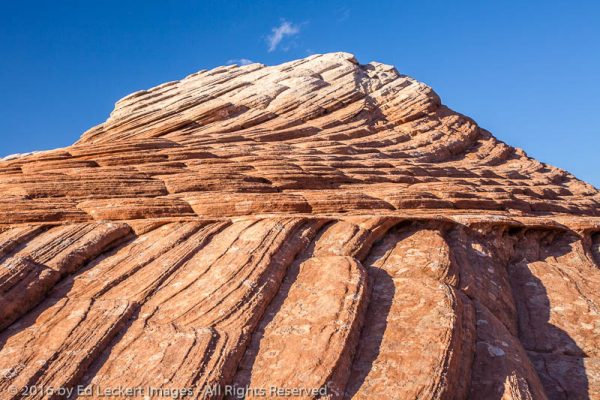


Growing up in south Louisiana, I wasn’t familiar with the concept of a “flat”. Heck, everything down there is flat. It wasn’t until I visited Yosemite that I encountered the term in reference to an area of land. Well, today we’ll explore an area called Yant Flat, and it turns out it’s not so flat.
Even with the power of Google, it’s difficult to get a definition of this type of flat. You can certainly find a lot of synonyms for flat land, including plains, plateaus, steppes, tablelands, and tundras. And there are loads of meanings not related to land. There are apartments in Britain. There are women’s shoes. It’s a term used in music, sometimes on sheet music and sometimes as a reference to a not-so-talented singer. It’s also an adjective, such as the aforementioned flat land, flat surface, or a flat-chested – OK, you get the idea. But what exactly is a “flat” when it’s used to define or is part of the name for an area of land?
As often happens, Wikipedia has the answer. According to them, a “flat” in this context is:
…a relatively level surface of land within a region of greater relief, such as hills or mountains, usually used in the plural. The term is often used to name places with such features, for example, Yucca Flat or Henninger Flats. Flat is also used to describe other level geographic areas as mud flats or tidal flats.
Perfect! So there you have it. Who knew? Certainly not this flat-lander.

A tree no longer in need of the sun’s rays still stands firm in a sandstone basin, at Yant Flat, Red Cliffs National Conservation Area, Utah.
Last week my friend Jeremy and I were continuing our photo journey around southern Utah, having just finished a morning shoot in Zion National Park. After heading back to our base camp in Hurricane, the beautiful Travelodge Zion National Park, and having lunch, we headed up I-15 to the small town of Leeds, Utah, where we left the highway and headed into the Red Cliffs National Conservation Area.
And here’s where it gets interesting. Jeremy was navigating, and I was driving my Forester. We found ourselves on one of those Forest Service roads that doesn’t specifically require a high clearance all wheel drive vehicle, except when it’s wet, and then even those vehicles won’t get through. At this point in our trip we had already been skirting thunderstorms and dealing with road and trail closures due to recent rains, so it did enter our minds that we might have some trouble here.
The road started off OK, just a really narrow gravel surface gaining elevation as we entered the lightly forested terrain. Then we started to notice deep ruts in the clay where someone had driven through when the surface was wet and had made a mess of the road. OK, I’ll just avoid the ruts and we’ll be fine. And we were – for a while.

Sandstone carved into the shape of tiles demonstrates just one of the many patterns erosion can create, at Yant Flat, Utah.
As we were approaching the area where we thought we’d find the trailhead, we suddenly came to a section of road that was still partially flooded and was completely rutted. And it was at a sharp turn. Now any reasonable person probably would have slammed on the brakes and possibly stopped in time before hitting the quagmire. But, as you may recall, I’m driving a Subaru, so I don’t necessarily qualify as a reasonable person when road challenges arise. So, determining that I might not be able to stop before landing squarely in the mess, and also wanting badly to do this photo shoot, I calculated my approach carefully and quickly so as to not have to call a tow truck or kill anyone that day. The fact that Jeremy was screaming was an added bonus.
So here’s the scenario. It’s a sharp right turn. The muck is directly in the sharpest part of the turn. The road rises to the left, drops off to the right. Good – I won’t skid off into space if I screw up and overshoot. I aim for the left side of the road, and just before I hit the muck, make a sharp right and straighten out again, keeping good pressure on the gas the whole time. The Soobie enters the quagmire, and mud and water go everywhere. We bounce around a bit as we ride just along the right edge at the sharpest point of the turn, next to the cliff. Now I’m heading into an embankment, but that’s OK. As we come out of the muck, I make another sharp right to stay on the road, straighten out, and head on down the road. No problem. This isn’t my first rodeo.

Layers of sandstone at different angles reveal the history of geological activity in the area, at Yant Flat, Utah.
I check the odometer as we approach the point where the trailhead should be, but there’s nothing there that looks like a trail. There is a parking area that ends with a series of cliffs, but no trail. So we take another look at the directions, checking our GPS coordinates vs. the book’s, and discover that the mileage we should have traveled started at the interstate, not the beginning of the Forest Service road. Lovely. We went through that sedan-trap for nothing, and now we have to go back.
So we go back, surviving the cesspool again, and subtract the extra mileage times two to arrive at our intended spot. When we get there, we find that it’s across from a well-marked intersection with another Forest Service road. Nice – if only the book had mentioned that.
We hiked down an old closed Jeep road to the sandstone features, and spent the rest of the afternoon shooting. Then we wandered around a bit, looking for more features to photograph, when we came across a couple who seemed a bit lost. They were from Germany, they said, and had located the area using GPS coordinates a friend back in Germany had given them, with instructions that this area was too beautiful to miss. So we explored a while with them tagging along, then took them back to the first area, where we left them and headed back down the trail.
Getting back down the road was a drama-free experience, and we headed back to “base camp” and out for dinner. Tomorrow would be interesting in a completely different way. Remember that hike in “The Narrows” in Zion National Park that we couldn’t do thanks to recent rains? Well, tomorrow we would execute our backup plan. Check back next week for our adventure in waders!

Wonderful writing!
Thanks, Bob!